Artifact: Under Wraps
Spring 2016 | By Eric Michael ’96
When students in the Mummies, Life After Death course are invited to touch and smell samples of preserved human skin, bone, hair and other remains dating back more than 2,000 years, anthropology lecturer Lana Williams, ’99, says the most common reaction is “Eww.” But beyond the initial revulsion comes a deeper appreciation for the lessons the samples provide.
“That’s the thing about using [the remains] in the curriculum … mummies aren’t just scientific things to be studied, they’re also somebody’s mom, dad or child. That’s what makes it really human,” Williams says.
The UCF Anthropology Department’s collection of Roman period (100 b.c. to 400 a.d.) materials, which was donated by the late University of Minnesota professor Arthur Aufderheide, originated from the Dakhleh Oasis in Egypt’s Western Desert, where Williams and her faculty colleagues Tosha Dupras and Sandra Wheeler, ’98, have studied the ancient peoples’ health, diet, environmental conditions, fertility rates and other factors.
Here’s what Williams’ students learn from the remains of mummified Egyptians:
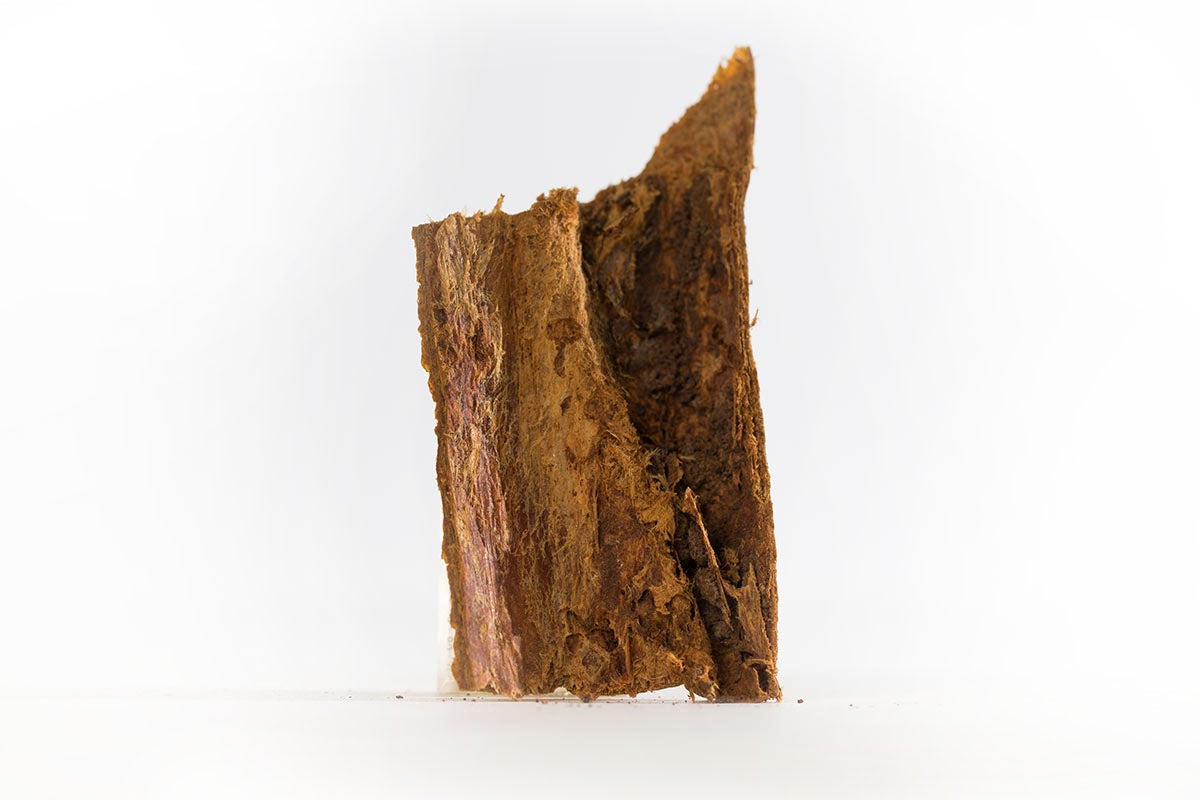
Skin Mummified skin is a result of preservation methods that included coating the body in botanical and mineral oils as well as honey, which acted as an insecticide and antifungal. “We think of a mummy as dried up, but they’re really not,” says Williams. “Often the skin is still supple and pliable, like a tanned hide.”
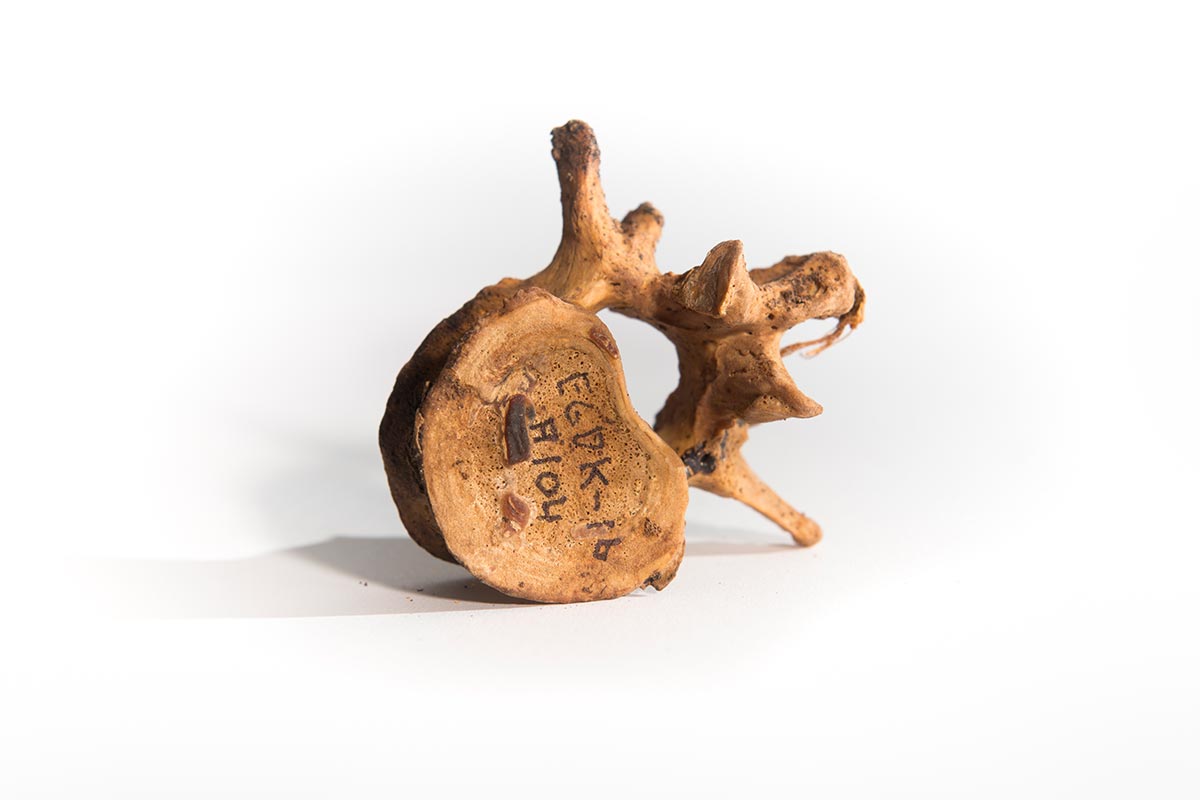
Vertebrae — such as this one from the lower back — can show evidence of stress and trauma, providing insight on everything from an individual’s occupation to quality of life. “This person was amazingly healthy and probably did not do any hard labor in their entire life,” Williams says.
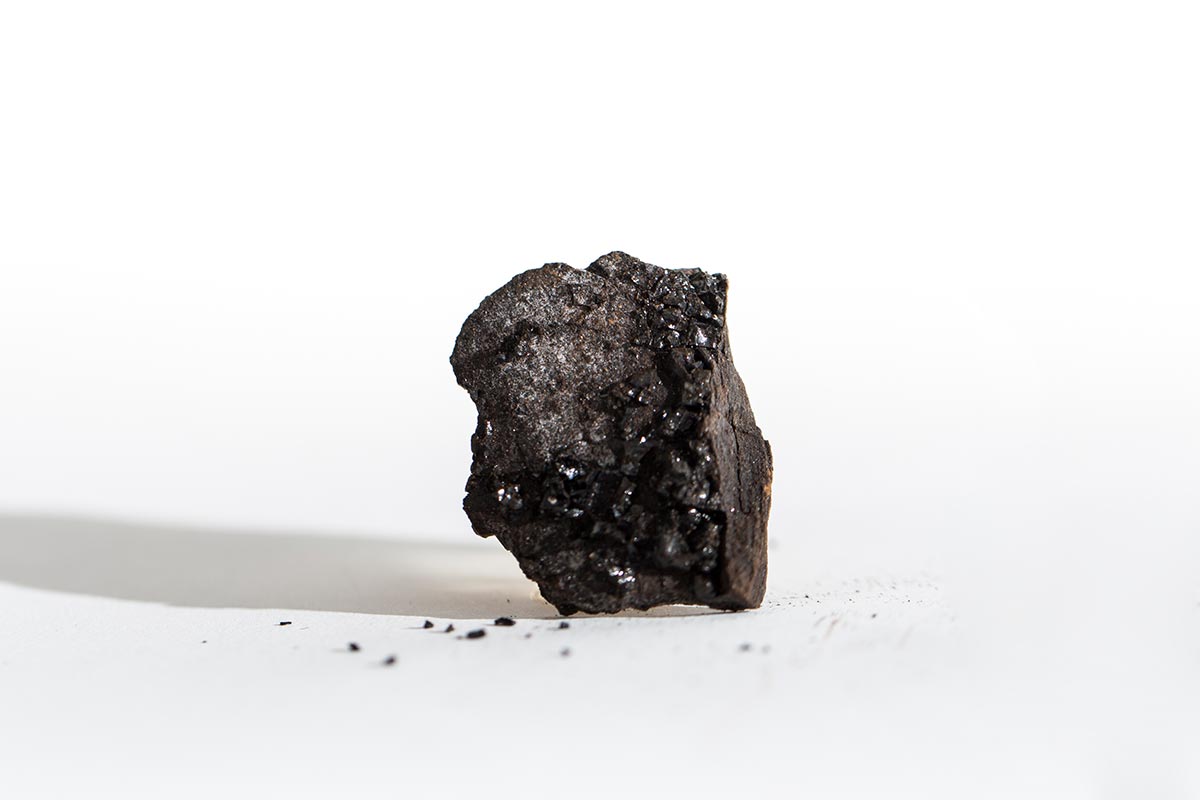
Bitumen This naturally occurring tar, which Williams says was likely imported from the Dead Sea, was mixed with honey and myrrh and used as a coating to preserve the body and protect it from insects. “It smells like a wet parking lot on a Florida afternoon,” says Williams. “That’s mummy smell.”
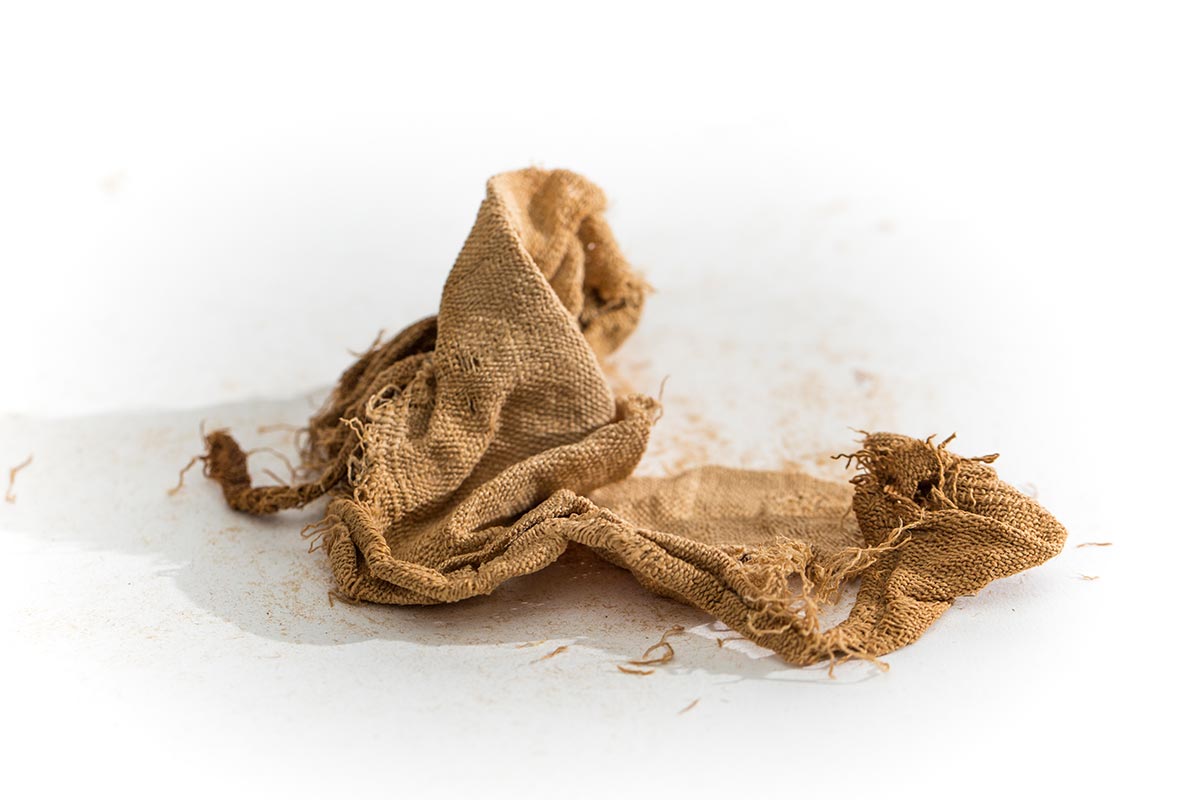
Wrapping Layers of linen material of varying weaves and textures were used to cover and protect the body. The quality of the material depended on the individual’s wealth and status. “There were a lot of individuals who could afford their own shroud,” says Williams, “but some were buried in repurposed cloth.”
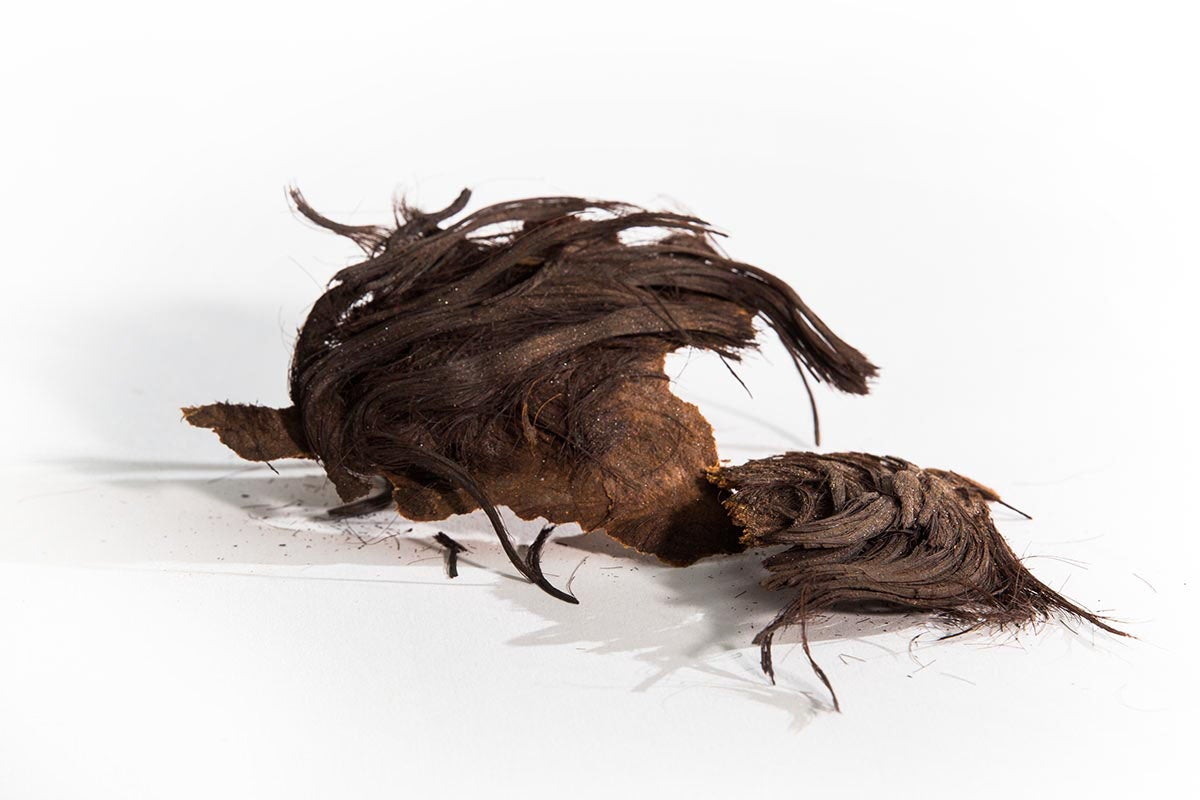
“Hair is really cool,” says Williams. “It holds a bunch of information, from the toxicity of your environment to nearly everything about your health.” This sample from an approximately 35-year-old woman was dyed with henna and could have been styled using heated metal tubes like a primitive curling iron.
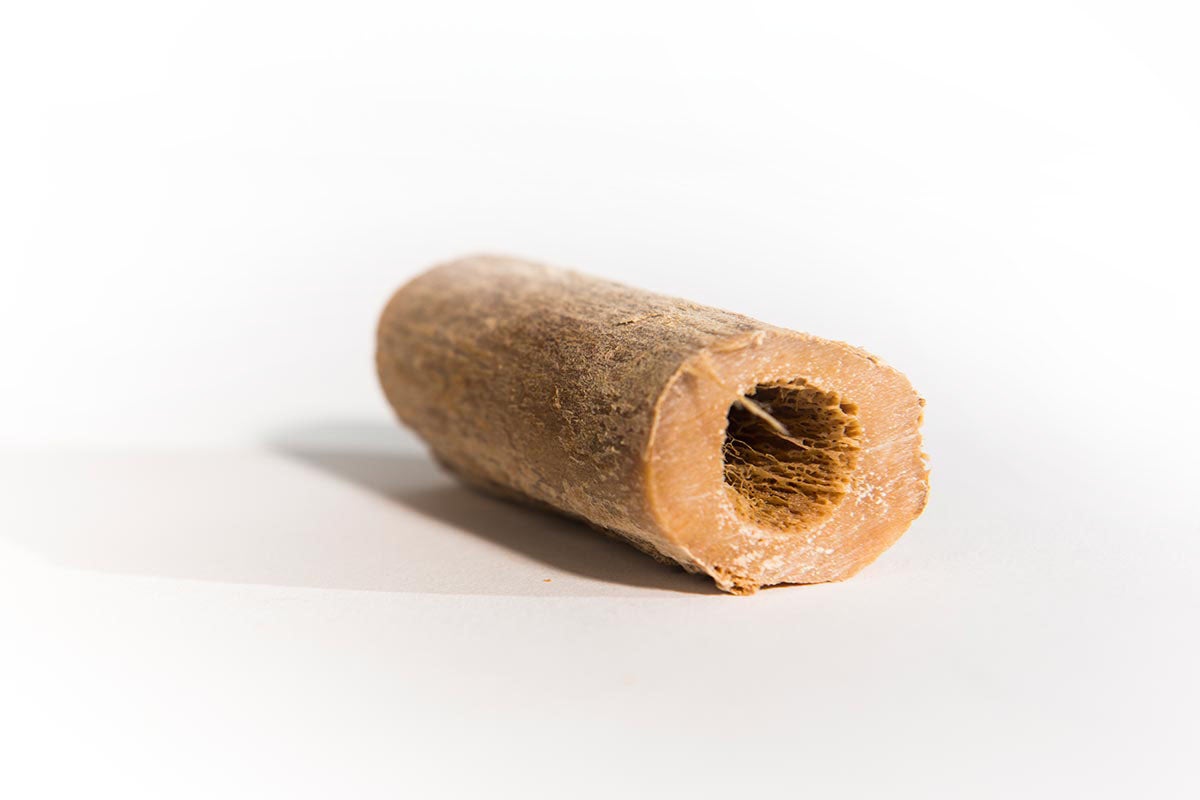
Femur Biological testing can reveal the presence (or lack) of key enzymes and other chemicals. “We’re looking at not only diet and growth patterns in bones, but also for anything that the person was ingesting that would act like a natural antibiotic that we can actually see on the bone,” Williams says.